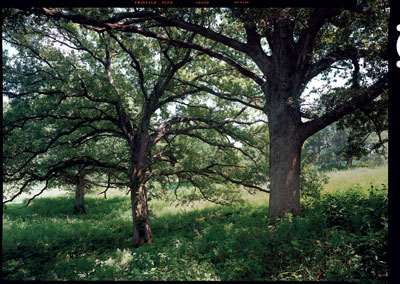
| |
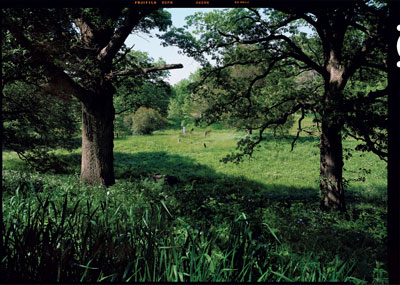 |
"This moving and sensitive photo essay captures both the beauty of Rochester Cemetery—one of the finest surviving prairie savannas in the whole United States—and its powerful meaning to the people of this tiny township in eastern Iowa as the resting place of their ancestors. Here, as Stephen Longmire writes, deep prairie roots and the bodies of prairie pioneers lie 'locked in a long embrace.' And here, in pictures and text, is a suitably beautiful meditation on the paradoxes of this 'conservation conundrum' where 'underworld and heavens meet.'" |
| "There are places in our landscapes, and in our experience, where we have unique opportunities to connect—across generations and boundary lines, across perspectives and ideas. Rochester Cemetery, tucked away quietly within the great but vanquished landscape of the American tallgrass prairie, is one of those special places. It is not an especially expansive or sublime place by typical standards. Its power derives not from its size or its scenery but from its story as a surviving remnant of our continent's grasslands, its human and natural communities mingling in intimate relationship. Through his words and images, Stephen Longmire takes us to Rochester Cemetery and shares that story. We come to see that, even if we never visit this rare piece of native Iowa, of native America, something deep inside us still rests, and grows, and renews itself there." —Curt Meine, author of Aldo Leopold: His Life and Work |
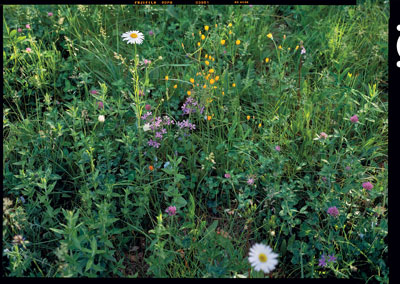 |
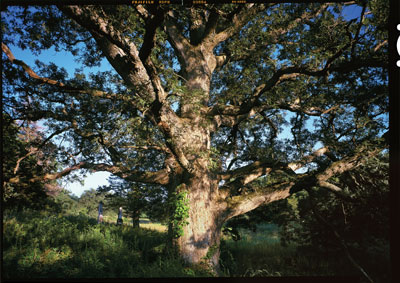 |
"After spending time with this wonderful book, I feel I have been allowed to see a private place of uncommon beauty and ecological complexity. What a rare discovery, yet Rochester Cemetery only seems a discovery to the outsider. The local people have buried their dead here since 1832, and they revisit its oaks and grassy hillsides, finding spots for contemplation as the prairie holds their lost ones in its quiet and profuse beauty. Stephen Longmire has given close attention to understanding this place through his photography and his research into its history. I feel privileged to share its beauty through this book." —Terry Evans, author of The Inhabited Prairie |
| "Stephen Longmire's book highlights certain life and death struggles of Iowa: its prairie heritage, its people, and its communities. Through wonderful landscape photographs, first-hand accounts, and research we can glimpse the trials and tribulations of a small piece of Iowa and its history. "The focus of Longmire's book is the Rochester Cemetery (also known as the Rochester Prairie), situated in east-central Iowa in Cedar County. It is one of the most bio-diverse prairie remnants in the state. An impressive 337 regionally native plants out of a total of 400 species of plants have been recorded here... "Like other pioneer cemeteries across the state of Iowa and the nation, the Rochester Prairie fights to survive. This book examines the factors contributing to the maintenance of native plant communities in cemeteries in our modern world. With its beginnings following white settlement in 1832, the Rochester Cemetery, its people, and its prairie have witnessed the changing attitudes of each generation. The author does a wonderful job of intertwining the rich history of the area through text and images... "It's a small miracle that this special and sacred piece of land still announces life anew, with each spring inspiring bursts of white and pink shooting stars. This plant once was common across the Iowa prairie and is now a rare indicator of a time in Iowa's not-so-distant past when buffalo roamed and Iowa was yet to be surveyed and platted. The author's landscape scenes beautifully depict the cemetery and its amazing journey through the seasons. "Many of our pioneer cemeteries and graveyards with sections established in the 1880s have prairie beneath them, but one rarely gets to see which survivors are still present. Our society desires manicured grass and tidy appearances. Is it possible that more cemeteries across Iowa could follow in Rochester's footsteps and try a more soft-handed approach to care and upkeep? Wouldn't it be wonderful to see what would grow on the edges of cemeteries or around the oldest markers? Life and death are connected inherently: life and death of an Iowa prairie and its creatures, life and death of the settlers who came and turned over sod, life and death of early towns and settlements, and the life and death of every one of us. And yet the prairie survives—somehow growing anew with each and every year. The Rochester Cemetery demonstrates to us through the ages what is important. It reminds us of our past and shows us what our future holds." —Michele Olson, from her book review in Wapsipinicom Almanac, Volume 18 (2012) |
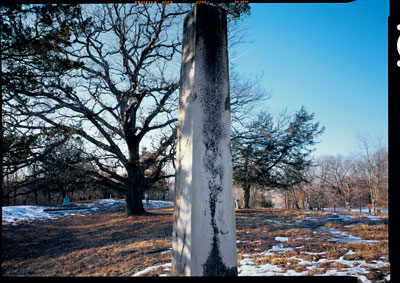
|
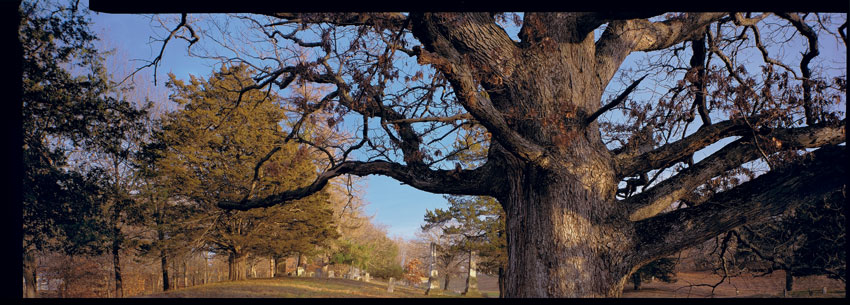 |
|
